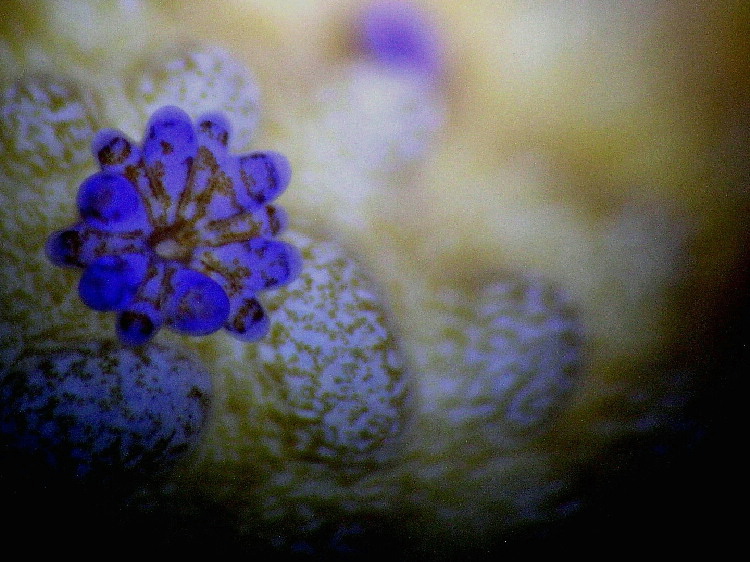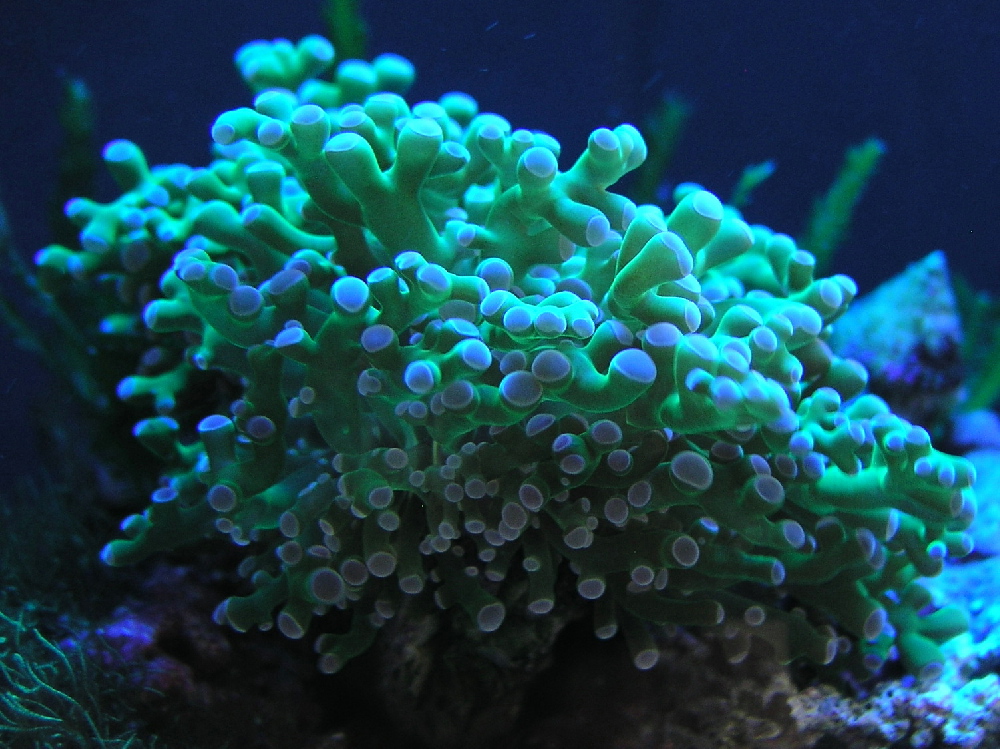I get private messages about many subjects. This was my response to one such PM:

 reefs.com
reefs.com

Too Much Light!
This brief article will present results of an experiment in which a coral was exposed to high intensity artificial light within a setting likely replicated by many reef aquaria. It will also discuss concepts well-established within the world of botanical research -those of the intimate and...




















